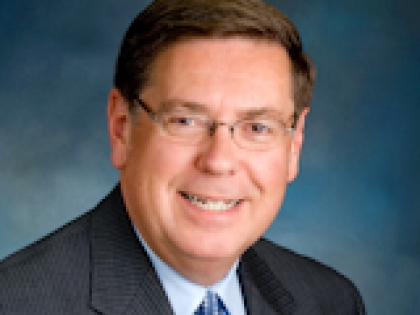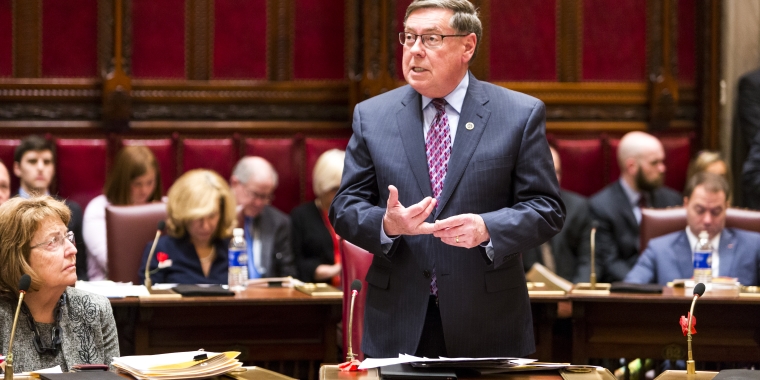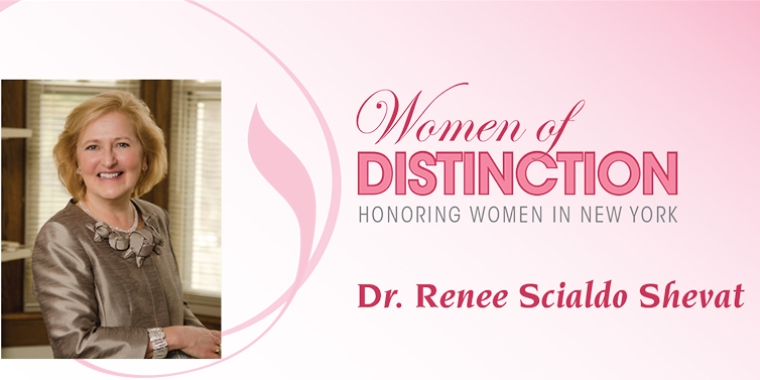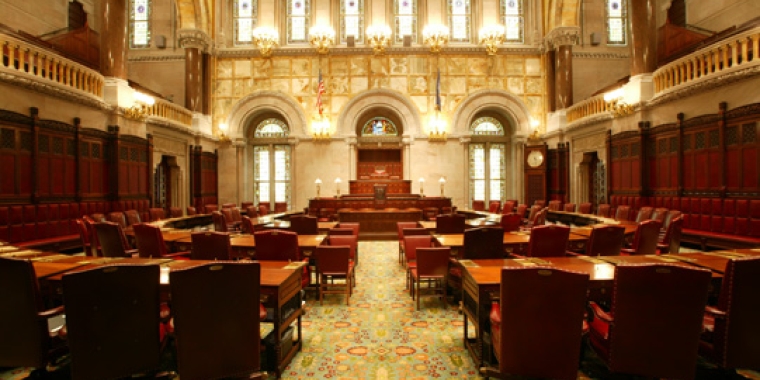
Health Care Costs Will Rise
James L. Seward
April 9, 2009
Now that the new state budget is in place analysts from across New York have been weighing in on the plan. Almost universally the reaction has been negative. As time goes on, and people start to feel the effects of this budget first hand, I expect to hear more and more criticism.
One item that was of particular concern to me during the budget debate was the budget’s impact on the cost of health care. A Republican sponsored amendment to the budget would have reduced skyrocketing health care costs in New York. That amendment was voted down by the senate majority, ensuring that affordable health coverage will continue to remain out of reach for many small businesses, New Yorkers and their families.
Included in the amendment was a provision that would have rolled back the “health insurance tax” approved last month as part of the so-called “deficit reduction plan” (DRP). The $240 million increased assessment on insurance companies raised the cost of health insurance premiums for families, individuals and businesses to unprecedented levels. The tax hike was passed as a result of the unanimous support of the senate majority.
The Democrat-backed “health insurance tax” will impact New Yorkers from every corner of the state by raising the cost of both individual and family health insurance coverage. The latest estimate shows the cost for health insurance in upstate New York could rise by as much as $400 a year. According to the New York State Insurance Department, small business health premiums have already increased an average of 13.5 percent annually since 2000.
This equation of higher health care costs at a time when people are losing their jobs or being asked to pay more for coverage through their employers can only equal more people without health insurance. In total, the new insurance taxes in the budget amount to more than $801 million, which will significantly increase every single health insurance premium written in New York State next January. New Yorkers simply can’t afford to pay more for health care but that is exactly what this disastrous state budget will require.
At the same time the budget takes a severe swipe at health care funding. Daniel Sisto, president of the Health Care Association of New York State (HANYS), opposed the spending plan, saying it threatens the safety and well-being of millions of New Yorkers who rely on our health care delivery system. HANYS also criticized the budget for failing to use the federal stimulus Medicaid funding to offset deep cuts.
Nursing homes will also suffer their unfair share of state cuts. Just within the 51st district over $4.5 million in state funding will be lost.
What does all of this mean for you? Along with higher costs you can expect longer wait times when you go to a hospital seeking care. It also means that your friends and family members that work in the health care industry could be unemployed as hospitals are forced to downsize. This will again lead to more people who are unable to afford health care.
The reality is that we are living in tough economic times. I said at the start of this budget process that difficult choices would have to be made in order to break out of this current slump.
I wanted to see reform of the budget process, property tax relief, a state spending cap, and sensible consolidation of state agencies. Job creation, especially for upstate, was also a top priority of mine. I joined my Republican colleagues in the senate in advancing a plan that would have accomplished these goals while maintaining support of essential programs like health care. This initiative was never debated because the process was shut down by the governor, assembly speaker, and senate leader.
My concern now is helping families and businesses weather the storm. I will continue to fight for New York’s forgotten middle class.
Share this Article or Press Release
Newsroom
Go to NewsroomSeward Delivers SUNY Impact Aid to Cortland
May 4, 2018

End Use of High Stake Tests to Grade Teachers
April 30, 2018

Dr. Renee Scialdo Shevat
April 27, 2018

